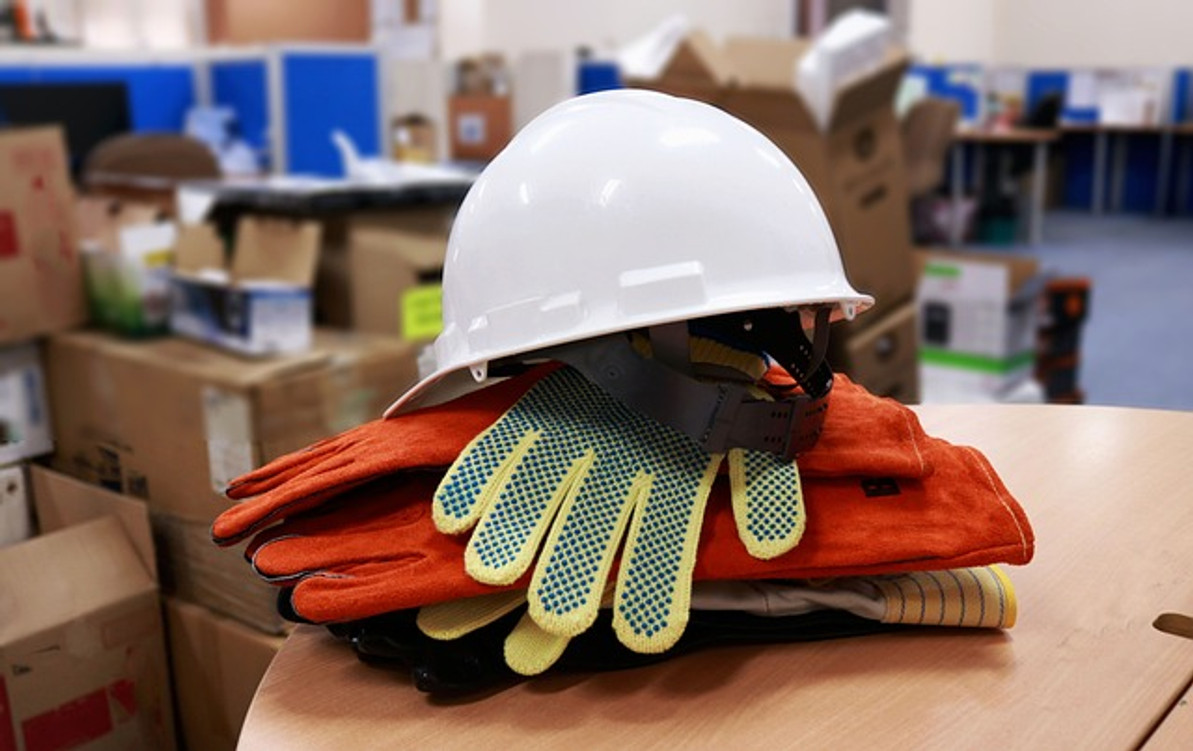5 Common Myths About Personal Protective Equipment (PPE)
You shouldn't believe everything you read or hear about personal protective equipment (PPE). Millions of workers wear PPE on a daily basis. Consisting of equipment that lowers the risk of injury and illness, it's required by the U.S. Occupational Safety and Health Administration (OSHA). But there are several myths about PPE that can lead workers and employers down the wrong track. Below are five common myths about PPE.
#1) Only Protects Against Injuries
There are many different types of PPE. Some types of PPE do, in fact, protect against injuries. Hard hats will protect workers from head injuries, whereas gloves will protect workers from hand injuries. But other types of PPE are designed to protect workers from illnesses. In the medical industry, workers are often required to wear surgical masks or face shields to protect against transmissible illnesses.
#2) Workers Must Pay For It
Workers are not required to pay for their PPE. Under OSHA's guidelines, employers are responsible for purchasing PPE for workers. In the past, OSAH gave employers the option of purchasing PPE for their workers or requiring their workers to pay for it. But in 2008, OSHA enacted a new rule that placed the burden of PPE procurement and payment on the shoulders of employers.
#3) No Standards for PPE
There are absolutely standards for PPE. Many types of PPE are required to meet a specific standard, such as those created by the American National Standards Institute (ANSI). There are ANSI standards for ventilation devices, hard hats, foot protection and many other types of PPE. When shopping for PPE, you should check the standard to determine whether it's appropriate for the job with which you intend to use the PPE.
#4) Wearing PPE Is Optional
Workers must wear PPE while on the job. According to the U.S. Bureau of Labor Statistics (BLS), nearly 3 million workers sustain a nonfatal injury each year in the United States. And many other workers fall sick to a transmissible illness or disease. PPE is designed specifically to protect workers from injuries and illnesses. Therefore, OSHA requires workers to wear their job-designated PPE. Failure to wear PPE will increase the risk of injury and illness among workers.
#5) Lasts Forever
Unfortunately, PPE doesn't last forever. Some types of PPE may last longer than others, but nearly all types of PPE have a finite shelf life. When damaged or degraded, you'll need to replace the PPE. Continuing to use damaged or degraded PPE can lead to injury or illness.
Recent Posts
-
Fire Safety in the Workplace: What You Need to Know
What steps are you taking to prevent fires in your workplace? According to the U.S. Occupational Saf …Aug 23rd 2023 -
Is It Safe to Go Jogging With a Cold Infection?
If you're suffering from a cold infection, you might be wondering whether it's safe to go jogging. T …Aug 22nd 2023 -
5 Safety Tips to Follow When Using a Powder-Actuated Tool
Powder-actuated tools are commonly used to join materials to steel and concrete. Also known as Hilti …Aug 20th 2023




